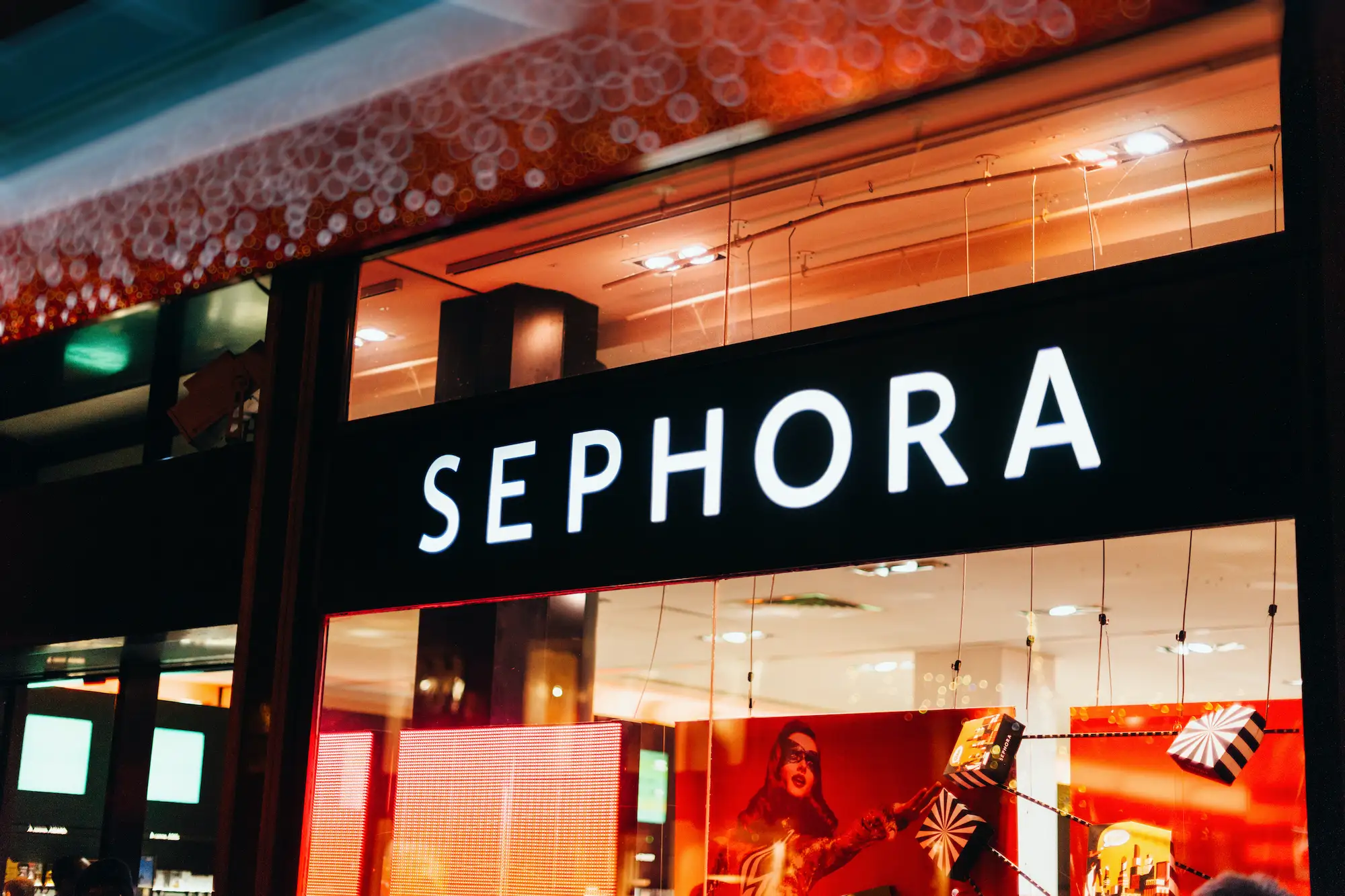Cleaning Up at Sephora

In a win for clean cosmetics, LYS Beauty is making moves — landing an eight-figure private equity investment and an 800-store expansion with Sephora. As the first black-owned clean makeup brand to launch at the beauty retailer, LYS Beauty offers fan-favorite makeup and skincare products for all skin types, tones, textures, and budgets.
For Founder and CEO Tisha Thompson, LYS Beauty is the culmination of her years of beauty industry experience — from working her way through college as a makeup artist to rising through the ranks at PÜR Cosmetics. With LYS Beauty, she adheres to Sephora Clean standards, creating products free of fragrance, gluten, mineral oil, sodium lauryl sulfate, and talc.
Celebrating Earth Month With Sustainable Brands

Speaking of clean beauty, Earth Month is the perfect time to clean up your cosmetics kit. The beauty industry produces roughly 120 billion units of cosmetic packaging per year, and only a fraction makes it to recycling plants. The remaining plastics wind up in landfills or become pollution, harming our oceans and other ecosystems — but the clean cosmetics industry is stepping up to enact change.
The definition of clean beauty varies, encompassing everything from using nontoxic ingredients to prioritizing sustainable business practices. For many forward-thinking brands, clean beauty means minimizing impacts on the environment and human health as well as contributing positively to global change.
For example, Ethique makes plastic-free products, sources ingredients responsibly, and uses compostable and recyclable packaging. The brand also helps combat climate change, planting a tree with every order and donating 2% of every sale to environmental and social causes.
Ethique is just one of many sustainability-focused brands making a difference. Read about six others in the link.
Circular Fashion, Desert-Style

Not to be outdone by clean beauty, clean fashion is having a moment, too. In Chile’s Atacama Desert, there’s a dumping ground of unwanted apparel that amasses some 40,000 tons of clothing annually. From fast fashion to luxury apparel, most items come from the United States, Asia, and Europe — many of them brand-new pieces dumped by fashion manufacturers with excess supplies.
However, a new initiative aims to shrink the growing clothing pile through the e-commerce website Re-commerce Atacama. After rescuing, cleaning, and repairing items retrieved from the Atacama Desert, the site posts items for sale. The catch? Everything’s free; consumers pay only for shipping.
So, whether you’ve had your eye on a pair of Adidas shorts or Philipp Plein pants, now’s your chance to do a little thrifting, of sorts — and put a dent in the landfills while you’re at it.
Rabbit Tales: A Rare Rediscovery

Just in time for Easter, scientists in Mexico have rediscovered a rare rabbit species known as the Omiltemi cottontail rabbit, long thought to be extinct. In conjunction with Re:wild, an organization that looks for lost species, a crew led by ecologist José Alberto Almazán-Catalán spotted the rabbit on camera — 120 years after it went missing.
With this rediscovery, scientists hope to study Omiltemi cottontail rabbits, learning about their reproductive habits and overall role in the mountain landscapes. The more they know about how this bunny behaves, the better they can learn ways to protect the species and its surrounding ecosystem.
More than just a cute face, the Omiltemi rabbit helps with seed dispersal, contributes to soil fertility with its droppings, and supports the food chain for predators like snakes and coyotes (sorry, bunny lovers!).
Now, as for the Easter Bunny, that one remains elusive.
Kinder New Takes on Foie Gras

Foie gras might be a delicacy that some foodies can’t live without, but it’s anything but pleasant for the animals used to create the French dish.
Traditionally made by force-feeding ducks or geese, causing their livers to swell up to tenfold, foie gras has long been the subject of debate in kitchens and agricultural circles. California banned its production and sale over 10 years ago, and New York City pursued a similar ban that was ultimately overturned.
To bring a more humane version of this dish to foodies, scientists from the Max Planck Institute in Germany have discovered a way to replicate the mouthfeel of foie gras without compromising animal welfare. By using a key enzyme to restructure fat, they were able to mimic the texture and taste of foie gras.
While a more humane approach, we must warn that this method is not vegan and still requires that harvested liver from ducks or geese is treated with the enzyme.










